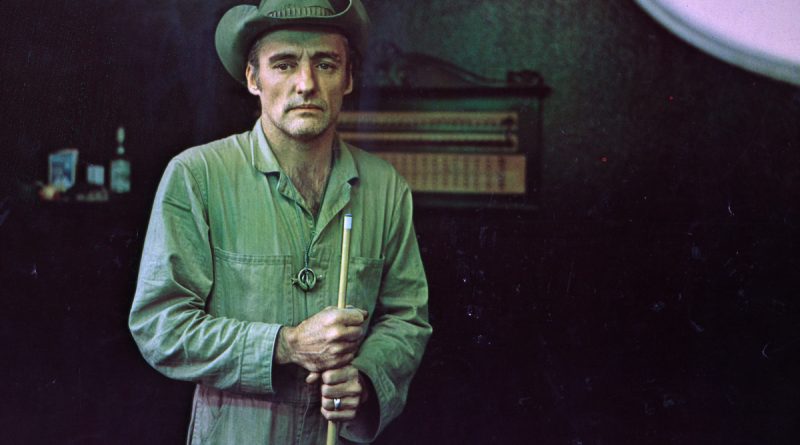‘The American Friend’ Review
While author Patricia Highsmith’s most famous character Tom Ripley has been the subject of five novels, he is perhaps best known for “The Talented Mr. Ripley“, the first in the series which has been adapted a few times, most famously by Anthony Minghella starring Matt Damon as Mr. Ripley himself. Less known are the books featuring the much older Ripley, including “Ripley’s Game” which was adapted by renowned German filmmaker Wim Wenders as “The American Friend” in 1977. The film features the always entertaining Dennis Hopper as Mr. Ripley and Bruno Ganz (best known for playing Hitler in “Downfall” along with his leading role in “Wings of Desire” aka “The Sky Over Berlin”) as picture framer Jonathan Zimmerman.
The narrative focuses primarily on Jonathan, a man suffering from an incurable blood disease, who becomes embroiled in a mafia murder plot after running afoul of Ripley’s art fraud scheme. In the face of uncertainty about his health, Jonathan must decide whether to act as a hitman for the mafia and set his family up in the event of his death, or continue eking out a living honestly with the possibility of leaving his family destitute when he dies. With all this going on, Ripley pulls strings of his own as Jonathan’s predicament becomes part of a larger plot. The film is visually stunning, full of sumptuous imagery, and it effortlessly builds tension around Jonathan’s moral dilemma and the danger he throws himself into. “The American Friend” eschews the frantic editing and aggressive sound design used by thrillers today for a more subtle approach. To say they don’t make movies like this anymore is a cliche, but they really don’t. As a crime film, “The American Friend” feels alien in today’s cinematic landscape.
Another highlight is the way the film explores the complicated relationships between characters as well as their complex motivations, doing so without crude exposition or over-explaining, allowing everything to unfold organically. Whether it’s Jonathan’s fractious relationship with his wife or Ripley’s unstable vacillating between cruelty and compassion, everything is conveyed to the audience clearly without ever being insultingly obvious. The film treats the audience with respect, and demands a level of respect in return. It also helps that all the performances are on point. Bruno Ganz is empathetic and the heart of the movie, brining the audience with him on all the difficult choices he faces as he descends further and further into despair and criminality. Hopper brings his usual edginess perfect for Ripley, while also injecting a uniquely crazed warmth and humanity into the character. There are also plenty of cameos by great filmmakers of the classical Hollywood era including Nicholas Ray and Samuel Fuller.
The main drawback is the messiness of the last act, where the otherwise tight plot begins to devolve somewhat as things go awry. This was a point of criticism for the novel as well, although the film version is arguably a little more cohesive. In spite of this, “The American Friend” is a very good movie overall and a great example of many great filmmaking techniques that are now seemingly out of fashion.




